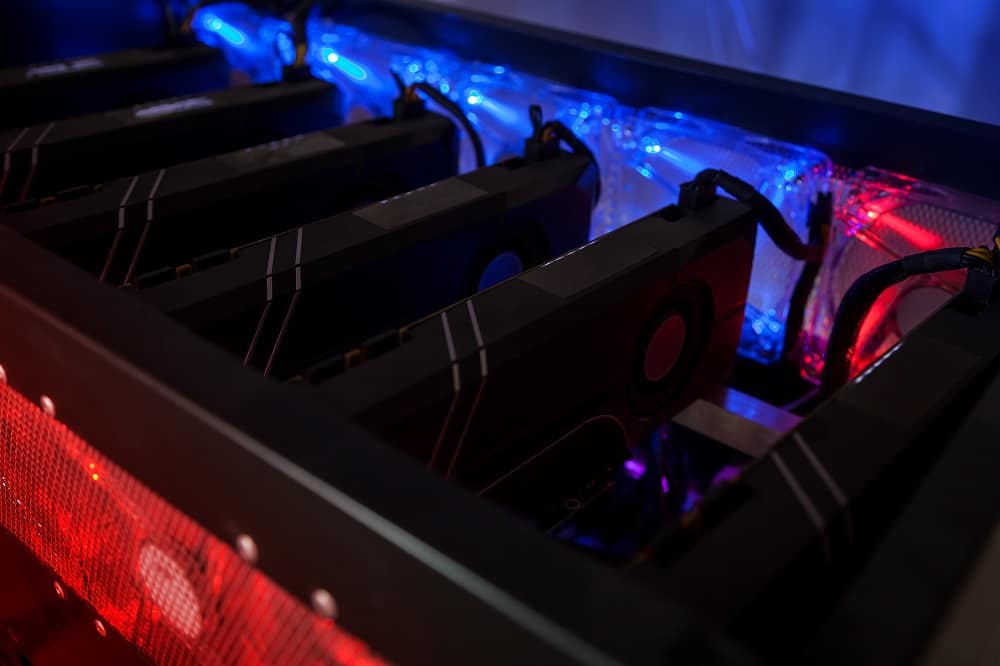3D rendering services, being an extremely versatile utility for producing computer generated imagery, are offered to a wide range of clients, from simple architectural students to expansive film studios with highly valuable external contractor partnerships.
However, much like many other services in similar industries, the particular monetary cost of 3D rendering is directly related to the level of quality that the end product may be as well as the complexity of said product.
Generally, most ordinary 3D rendering projects can come at a cost between $100 USD to $10,000 USD, an extremely wide range owing to the subjective nature of 3D rendering, the individuals involved thereof and the differences in rendering methods between 3D rendering artists.
Oftentimes these prices are carefully calculated and measured so as to provide the client the best quality end product for the level of compensation given, sometimes leaving the freelance renderer or rendering firm with only a thin margin of profit after operating costs are factored in.
Why is 3D Rendering Considered Expensive?
While the exact definition of expensive is entirely subjective and may in fact be quite an acceptable price for the sort of rendering project being completed, there are several factors behind the reasoning of these rendering prices.
The first of which is the particular level of manpower and unique skill involved in producing 3D rendering projects. 3D rendering, though it is facilitated through the use of specialized software and automation scripts, usually requires at least one engineer or render artist to be present so as to act with creative and technical agency during the rendering process.
This is especially accurate in 3D rendering for sectors such as the video game industry and similar graphically intensive media, wherein one or even an entire team of professional render artists may work on a single scene so as to provide a photorealistic or otherwise high quality visual experience.

Apart from the manpower and skill used in creating high quality 3D renders, there is also the matter of the operating costs, both for the equipment used in said rendering project and in the management of an organization dedicated to 3D rendering.
3D rendering, especially completed within a reasonable length of time, requires significant processing power that is usually provided by top of the line computer systems equipped with specialized hardware such as graphical processing units and multi-threaded central processors.
These computer systems, being taxed to a crucial level, will draw large amounts of power so as to continue functioning at their maximum or near maximum capacity, and as such not only does using a 3D rendering system require a lump sum of money to build but also requires operating costs in the form of maintenance, cleaning and power usage.
How Much Electricity Does 3D Rendering Use?
Just like the particular monetary cost of 3D rendering, the electrical energy usage involved in creating a 3D rendered scene depends on the complexity of the project as well as the type of hardware used as a rendering system during the process.
Certain types of inefficient hardware parts may draw more power than is needed, especially if utilizing outdated software or performing in a capacity not ordinarily meant for the particular piece of hardware.
This is demonstrated well in cases such as the usage of true ray tracing calculations in graphical processing units that are not equipped to handle said calculations, wherein if the processor does not return an error, it will utilize large volumes of power to perform the complex calculations instead.
Generally, a non-industry standard computer system used by a freelance render artist or home amateur will only use approximately 600-800 watts per hour of rendering.
This figure, however, does not consistently apply to all forms of render projects, as stronger computer systems will likely utilize more energy per hour at their maximum capacity.
Keep in mind that the relative maximum capacity of a rendering computer is dependent both on the hardware it consists of and the software it is using, and as such it becomes difficult to estimate the exact amount of electrical power that will be consumed over the course of a rendered project.
Can You Create a 3D Render with Your Home Computer to Save Money?
3D rendering, while being a professional endeavor that oftentimes requires study and years of experience to master, is also completely available to amateurs that wish to explore the subject matter or to even begin working as a 3D render artist themselves.
Even using rudimentary home computers that are not specifically built for the purposes of rendering, it is entirely possible to create basic 3D renderings with the help of a few online tutorials, allowing amateur 3D renderers to create projects that they may require for little to no cost.

However, for 3D rendering projects that require a professional level of quality or must be completed within a certain length of time, it is best to outsource the work to external independent contractors or a firm specializing in computer generated visual works.
This is particularly important in cases wherein photorealistic graphical effects must be achieved in order to create the desired effect, such as in mass produced entertainment media or advertisements.
What Factors Can Affect the Cost of 3D Rendering?
While there are doubtless a multitude of factors that come into play when discussing the particular financial, energy and manpower costs of 3D rendering, some of these factors are larger contributors to these costs than others, and as such may be manipulated to achieve the desired effect.
Types of 3D Rendering Compensation Models
Generally, 3D rendering is paid either on a by rendered frame basis wherein the client compensates the 3D render artist or firm with each image or frame that is produced. This is usually done in instances where the client only requires snap-shot images of the render, or even multiple scene render images.
However, it is also possible for a client to instead pay the render artist or firm on a per project basis, with monetary compensation being dispensed once the entirety of the render project has been completed. This is more commonly seen in large-scale projects with a multitude of rendered frames, with the final output most likely being some sort of video or animation.
Project Complexity
As previously mentioned in this article, the scope and complexity of a 3D rendering project is one of the defining factors that are brought to the table in concerns of the particular costs required in order to facilitate the completion of said render project.
This includes characteristics of the project like number of frames being rendered, the type of rendering and what sort of effects or computations will be included, as well as the particular processing power that will be required in order to complete the render.
Manpower Requirements
Considering the fact that the majority of 3D render projects involve the use of custom 3D models produced by the 3D render artist or individuals employed within the render firm, it is entirely possible that particularly large scale projects with a multitude of modeled objects in its scenes will require quite a few individuals to create said models.
Apart from the creation of 3D digital objects, additional manpower may also be required if multiple scenes are being rendered concurrently or in the case of multiple plans being implemented simultaneously for the project.
Timetable of the Render Project
In the event that the client’s 3D render project requires a deadline be met with only a relatively short length of time available, it is likely that more rendering systems will need to be dedicated to the completion of the project, necessitating a higher premium as more power and work hours are consumed.
This is mostly applicable to projects with multiple scenes or frames being rendered, as single frame or image renders often do not take very long at all, and most likely will only require a single processing machine be occupied by the rendering operation.
Should You Hire a 3D Rendering Freelancer or a Rendering Company?
While there are doubtless a multitude of independent 3D rendering contractors with equal or greater skill level than those that are employed beneath rendering firms, it is usually best to contract to bigger organizations that specialize in large-scale projects if the render project to be completed is of a particular complexity - these organizations also likely make use of a render farm to complete these contracts.
This is due to the fact that large 3D animation works or similar rendering projects oftentimes require a full complement of 3D modelers, experienced 3D rendering artists, software engineers, hardware technicians and many other types of support staff in order to facilitate a large rendering undertaking.
However, 3D rendering freelancers often present lower premiums and require less compensation due to their lack of an affiliation with any large corporation or firm, reducing their operating costs and allowing them to offer lower prices for similar levels of quality.
3D rendering freelancers are best utilized for smaller rendering projects that do not require significant volumes of manpower and support.
References
1. 'Designblendz Team’ (August 15 2019) “Key Factors that Affect the Cost of Your 3D Rendering” designblendz designblendz.com
2. Badler, Norman I. "3D Object Modeling Lecture Series" (PDF). University of North Carolina at Chapel Hill.
3. Geng W. (2010) Artistic Rendering for 3D Object. In: The Algorithms and Principles of Non-photorealistic Graphics. Advanced Topics in Science and Technology in China. Springer, Berlin, Heidelberg. https://doi.org/10.1007/978-3-642-04891-3_5

